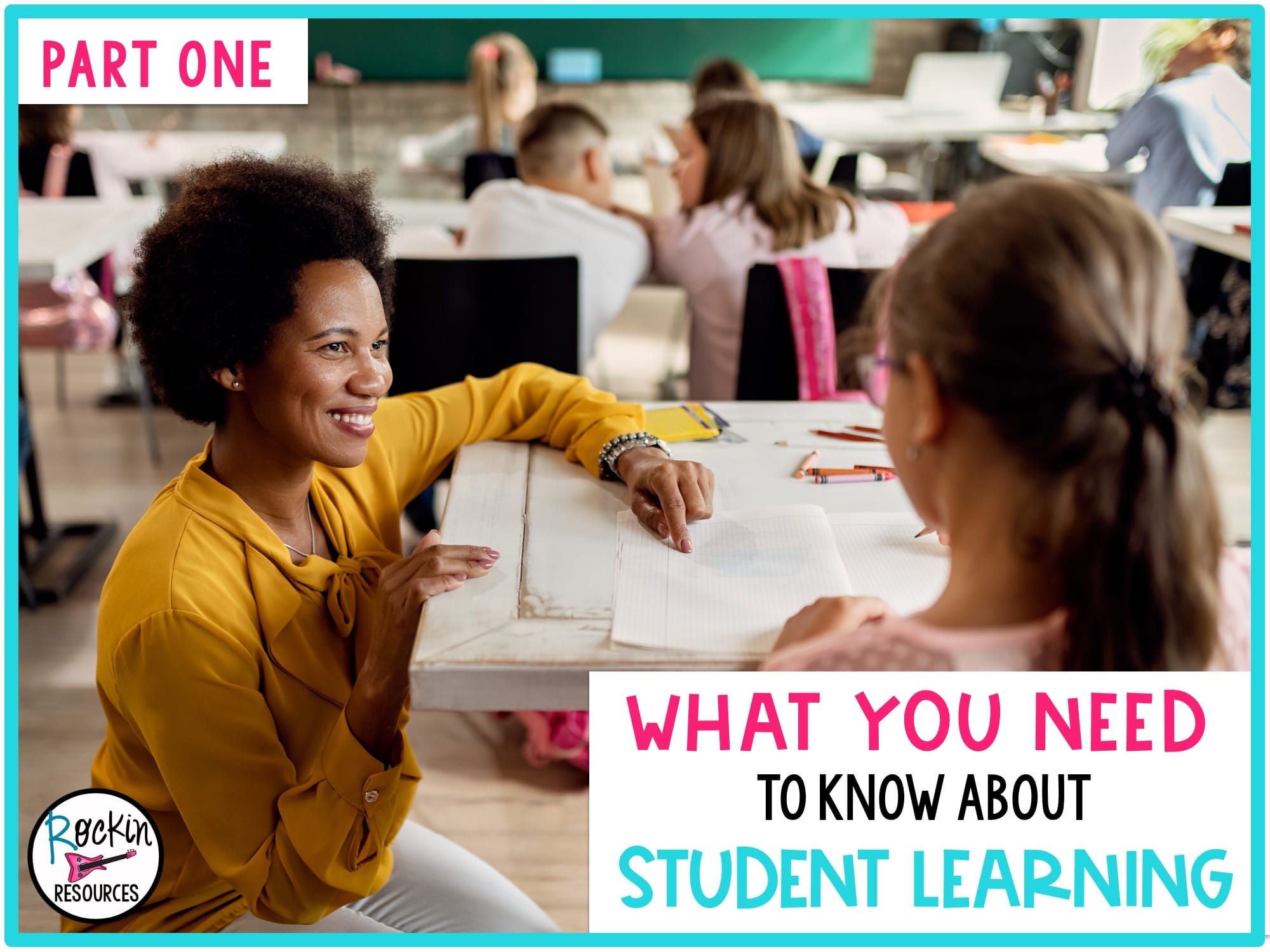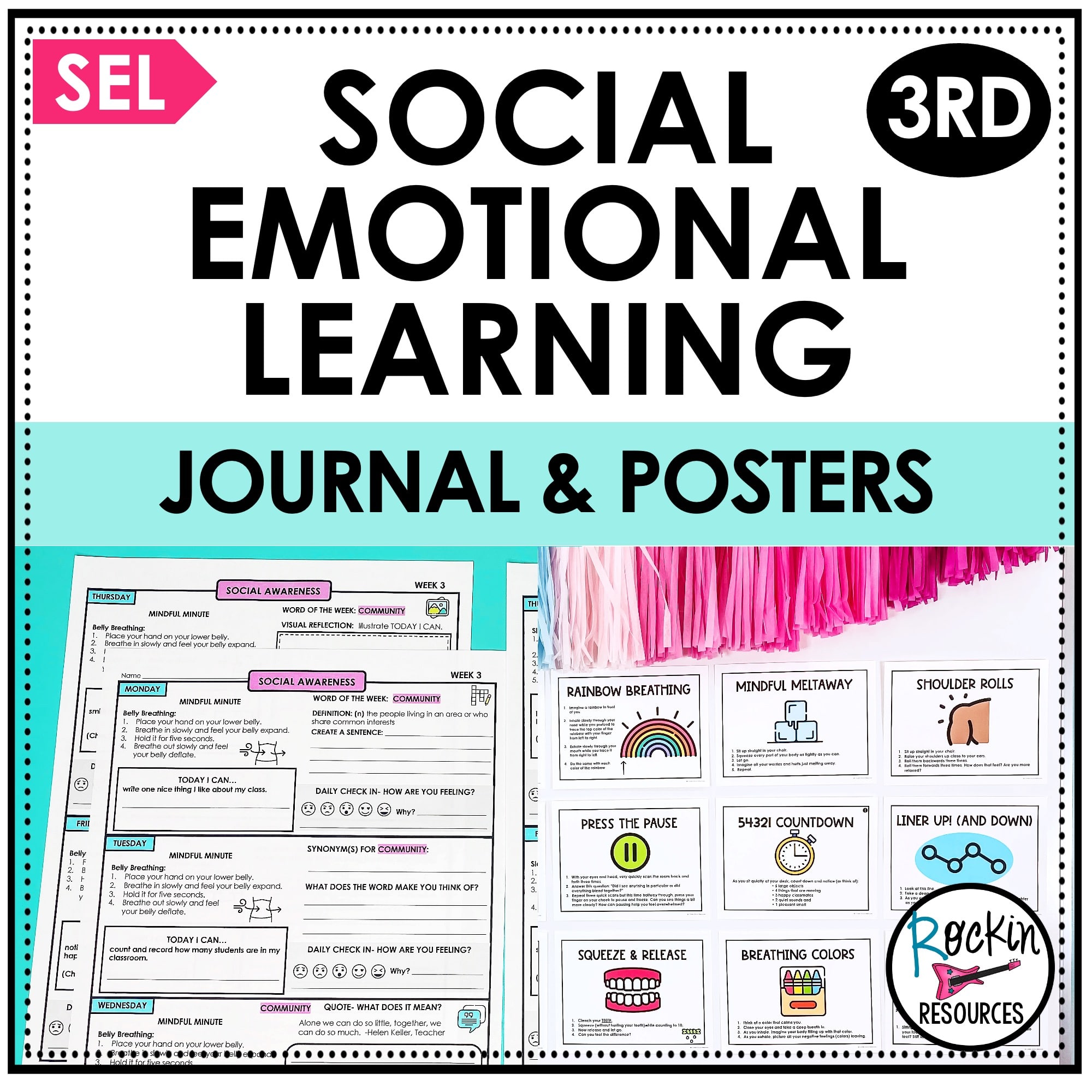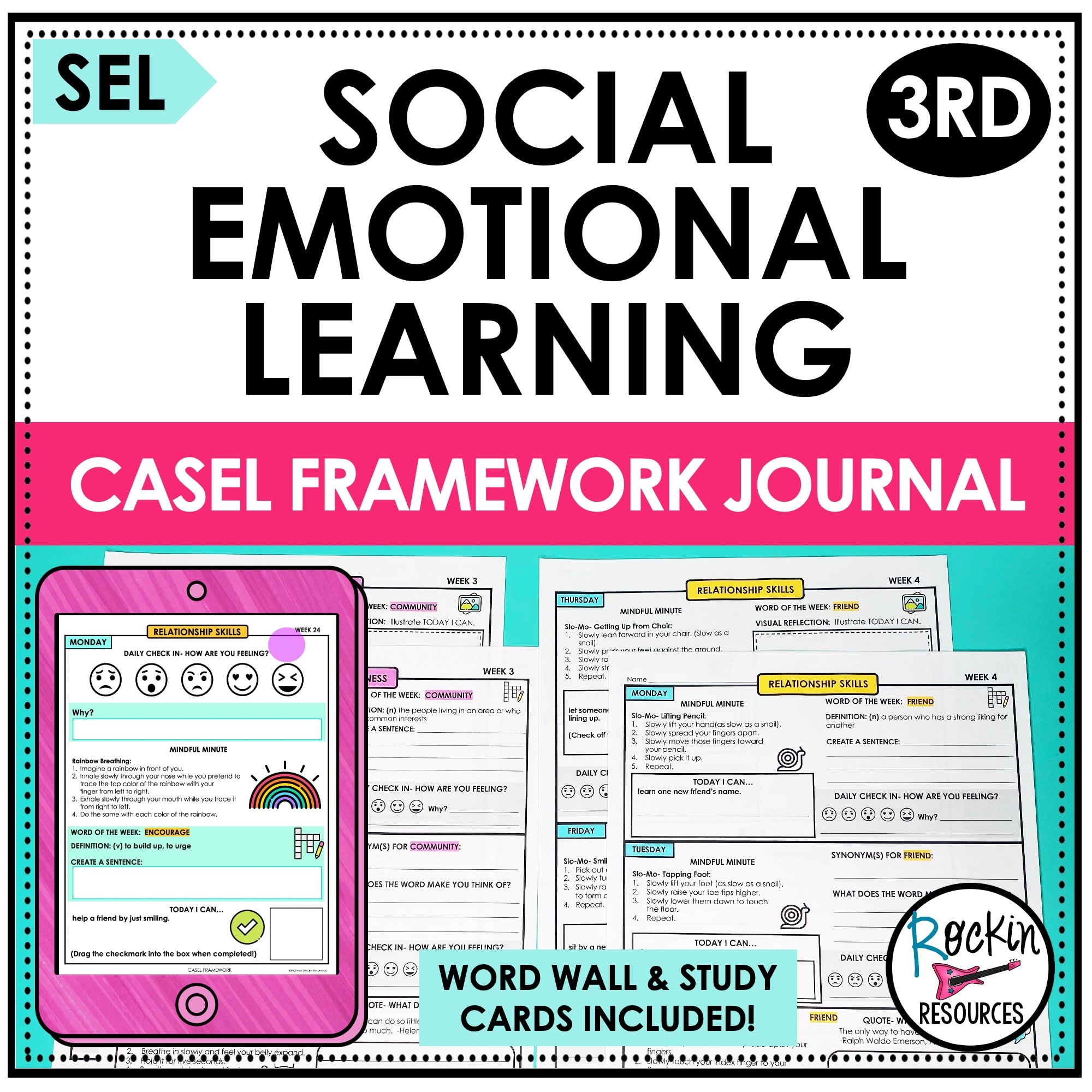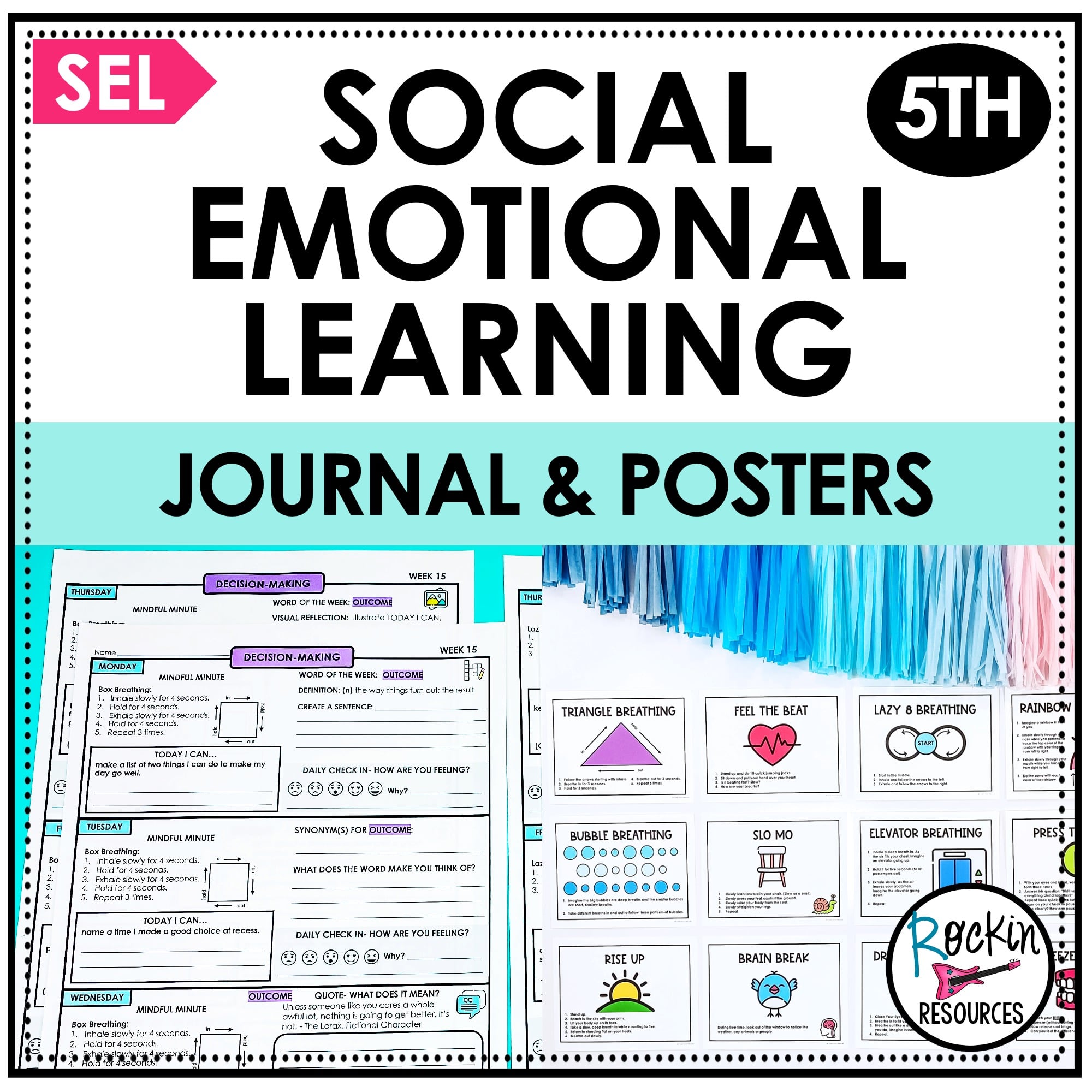Do you LOVE horror movies? Romances? Action flicks? For every genre you love, there is someone in your circle of friends or colleagues who HATES it. You and your friends could sit through a movie and have widely differing opinions and reactions to it. Why? Because you reacted to the film based on your personal experiences, your coping strategies, beliefs, and resilience.
Trauma is not a one-size-fits-all thing. Let’s take a fictional example of John and James, who were both in minor car accidents during 4th grade. John still has nightmares about the accident, is obsessive about checking his seatbelt, and is unable to ride on the bus because he doesn’t trust any driver except for his parents. James rarely thinks about the accident and when he does, he has a fairly philosophical attitude about it. He tends to focus on the fact that he’s okay, the car is repaired, and there was no lasting damage.
Did both boys undergo something traumatic? Yes. But John clearly handled his trauma differently. This may be because of his support system, other incidents in his past, or how his brain handles stress in general. If a teacher treated John and James the same because they were identified as a student who had been through trauma, the teacher wouldn’t be following best practices where trauma-informed teaching is concerned. Trauma-informed teaching recognizes that children may learn and behave differently because of their trauma. The keyword is differently.
Differentiation in trauma-informed teaching is more than just being aware of your students’ levels and accommodations in academic subjects. Differentiation in trauma-informed teaching involves identifying the best ways to help your students handle healing from their trauma and learning how the trauma-impacted them. As we saw in the fictional example of John and James, an “identical” trauma is not necessarily identical to the people who experienced it. Here are the steps to being an effective teacher for your students who are healing from trauma.
Learning about the individual:
Don’t pry, but get basic background information by talking to parents, guidance counselors, and former teachers. Ask for specific triggers and coping strategies for your student.
Get to know your students:
Trauma is a continuum and it’s ever-changing. Like other challenges, there are setbacks. There are days when you see tremendous growth. Get to know your student so that you can understand them as a person beyond their circumstances. This will help you understand what they need and how to help them overcome bad days and flourish on good ones!
Ask for support:
The idea of trauma-informed teaching actually began in hospitals, not school systems. Trauma-informed care was used for Vietnam veterans who suffered from PTSD. It is only in the last few years that we’ve really seen this emerge in the educational setting. In fact, a good rule of thumb is to assume that any child in your class may have experienced some trauma, especially in a post-pandemic world.
It’s natural that you may feel overwhelmed by the fact that most children have now experienced some trauma or other. What kind of training do you need to understand how they behave and learn? It’s okay to ask for help. That’s what you want your students to do, right? So, don’t be afraid to talk to administrators, teammates, mental health coaches, etc. and ask for more literature or training so that you can create the best plans possible to help your students.
Making a plan:
It’s likely that you get a student learning profile for each of your students at the beginning of the year. It will contain testing information, levels, and plans for students who have IEPs or 504s. As you get to know your students throughout the year, add to this file. Remember, no two children will experience and handle a trauma in the exact same way, so a little note to help next year’s teacher know what a student is healing from or still dealing with, what upsets a student, and what helps them cope will be much appreciated.
Safe and Secure:
Although trauma-informed teaching is not one-size-fits-all, there is one thing that all children need. They need a place where they can feel safe and secure. Make sure your classroom policies make every voice feel heard and welcomed. Build a culture of care in your classroom. Every one of your students will appreciate having at least one safe place in their world.
Keep Rockin,
See Similar Blogs:
Discover Related Resources:
-
180 Day Journal of Positive Thinking | Step-by-Step Writing® | Distance Learning
Original price was: $18.00.$10.80Current price is: $10.80.
Share this Post on Pinterest:
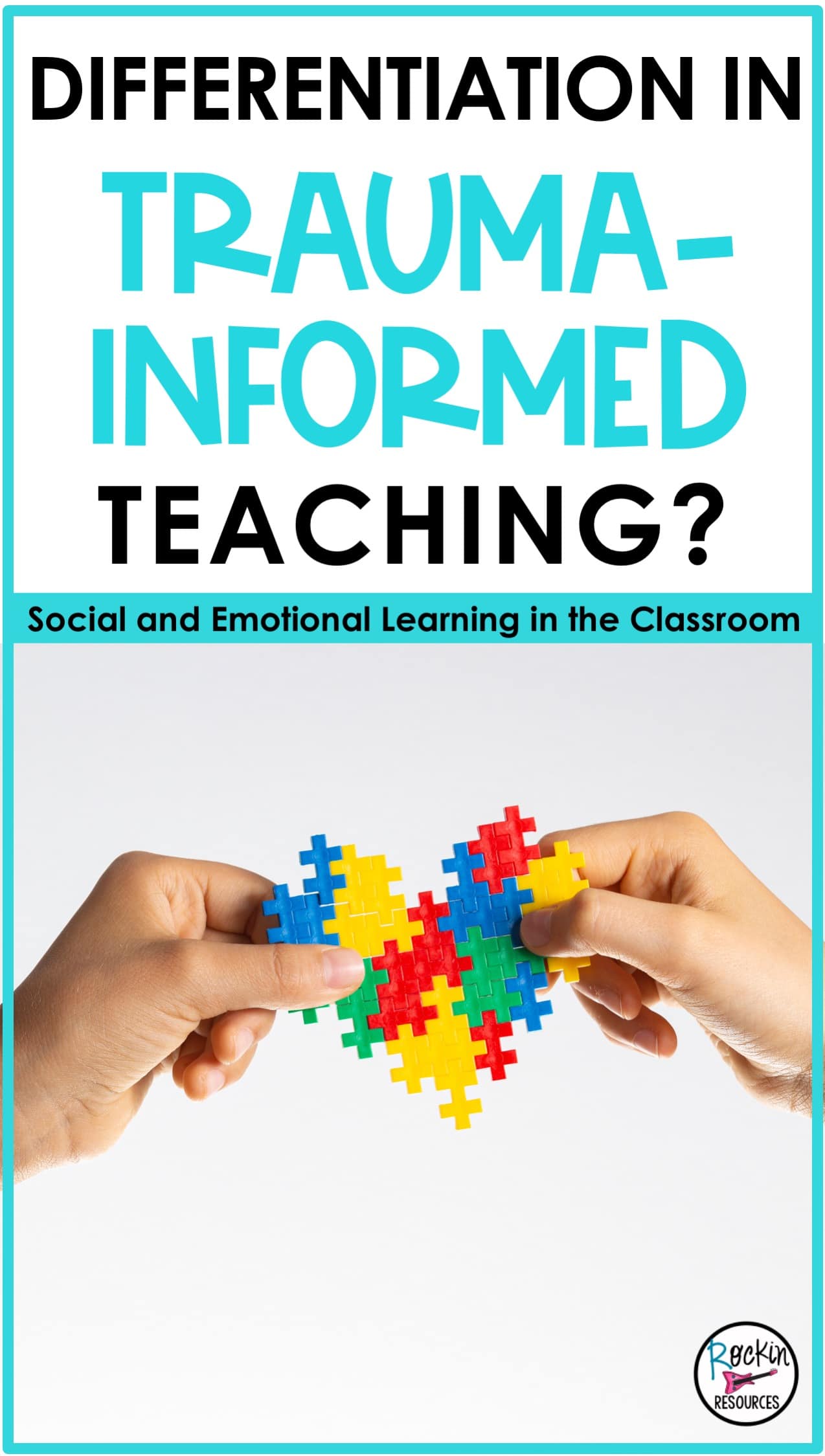
Further reading and resources:
https://www.edutopia.org/article/how-and-why-trauma-informed-teaching






